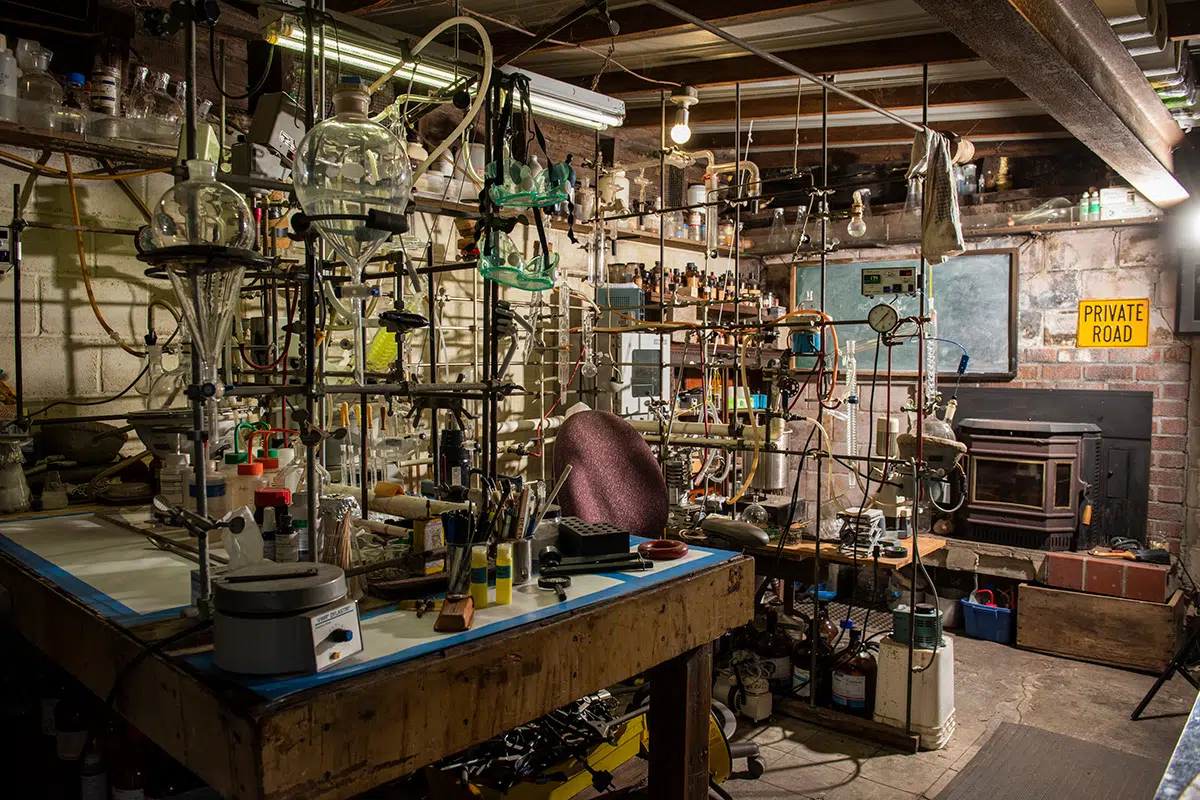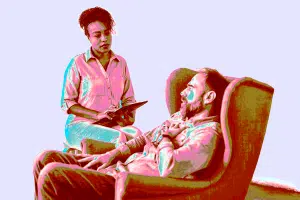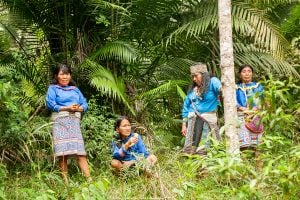Perched upon a hilltop in Lafayette, overlooking Berkeley and the San Francisco Bay, is a charming, rustic shack, which happens to be the modest birthplace of more than 200 novel psychoactive substances. The ramshackle laboratory is where biochemist Alexander Shulgin, endearingly known by his nickname Sasha, spent much of his time synthesizing some of today’s most popular and obscure psychedelics—from MDMA to the whole 2C series (2C-B, 2C-I, 2C-T-2, 2C-T-7, and so on). Needless to say, the lab looks like a midcentury mad scientist’s lair because, well, that’s basically what it was.
But, far from a Victor Frankenstein, Sasha (1925-2014) is remembered as personable and upbeat, with a “keen and nimble mind,” often donning short-sleeve Hawaiian shirts, making punny jokes, and playing the violin or piano. He even played viola for 50 years with the Bohemian Club’s orchestra, comparing the process of creating music to chemistry, as an “act of putting together things that have never been put together before in sequences that are strange and new.”
Sasha and his wife Ann’s land was a hub for Bay Area bohemians, artists, and academics alike. On Easter and Fourth of July, they would often host picnics and get-togethers at the “Shulgin Farm,” home not only to Sasha’s lab, but also the cottage where he was born, handbuilt by his father, a refugee of the Russian Revolution. During moonlit gatherings, Sasha experimented on himself and a small group of self-selecting friends. Not quite an actual farm, the property features flowers of all kinds, cacti, and verdant foliage offering shade to a dusty stone pathway leading from the main house to the lab—which indeed was licensed by the DEA and the State of California, although nonetheless still raided in 1994.
Read: MDMA: What is Molly?

Needless to say, the raid “didn’t make him happy, nor anyone else,” remembers longtime friend Eugene Schoenfeld, a psychiatrist who sometimes interviewed Sasha about drugs for his “Dr. Hip” advice column in the San Francisco Chronicle. Schoenfeld reminisces about the “FNDs” (Friday Night Dinners), monthly potlucks at friends’ homes in Marin and around the Bay, where Sasha and Ann were always present, among other guests ranging from LSD chemist William Leonard Pickard to astronaut Buzz Aldrin and psychologist Richard Miller.
In 1994, the DEA infiltrated not just Sasha’s lab, but his community, and things went quiet for a while, Schoenfeld recalls, although Sasha’s work eventually resumed and continued on until his final days. Even to this day, his legacy has taken on a life of its own, with MDMA being only the tip of the iceberg.
Known as the Godfather of Ecstasy, Sasha became famous for popularizing MDMA, which was originally created by a German pharmaceutical company called Merck in 1912. It wasn’t until 1965 that he re-synthesized the compound, discovering its magic—particularly in therapy and among couples—which he and Ann wrote about in their book PiHKAL: A Chemical Love Story. (The acronym stands for “Phenethylamines [the type of compound MDMA is] I have known and loved.”
“People all the time would ask Sasha which psychedelic he would recommend to someone who hasn’t had an experience of that type, and he would often suggest 2C-B [another phenethylamine],” recalls Paul Daley, chief science officer at the Alexander Shulgin Research Institute (ASRI), who first met Sasha in 1977 as a grad student at UC Berkeley. Today, the ASRI seeks to preserve and continue Sasha’s work, performing research in the fields of biochemistry and neuroscience.
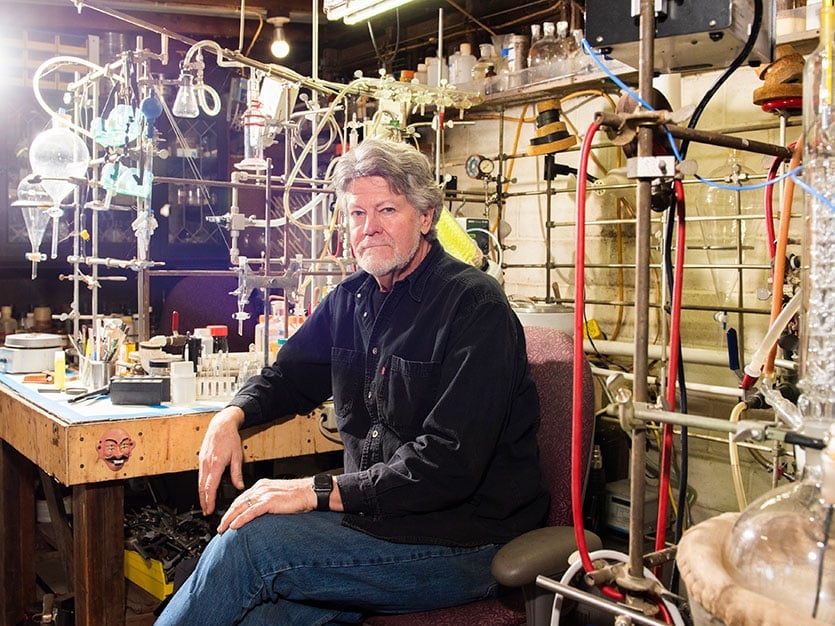
“One of the things I’ve noticed, with some amusement, looking at the emergence of interest in psychedelics is that the palette is very narrow,” Daley says. “Basically LSD, psilocybin, and MDMA dominate the news and efforts to change their legal status, but there are quite a number [of other psychedelics] that would be excellent candidates for further exploration.”
How to Grow Shrooms Bundle
Take Both of Our Courses and Save $90!
And that’s part of ASRI’s mission: bringing some of Sasha’s compounds into use for new medical indications, and continuing to create new compounds altogether. “We have outlined a group of 35 to 40 candidate compounds that have not been made or don’t exist in the literature, and we are pretty confident at least some of them would have that [therapeutic] characteristic,” he says. “We’re looking to make those compounds primarily at the front end of the drug discovery process.”
Researchers with ASRI are also analyzing natural psychoactive compounds in isolation, particularly derived from various cacti or iboga. “With the cacti, that’s a project that’s getting off the ground where we’re looking at the non-mescaline components of mescalinecontaining cacti,” Daley explains. But whereas most of the compounds that Sasha himself formulated are now in the public domain (although he did patent some), ASRI is pursuing compounds that have not yet been created or explicitly discovered in nature.
Read: Ibogaine and Iboga: Traditional Use, Conservation, and Ethical Considerations
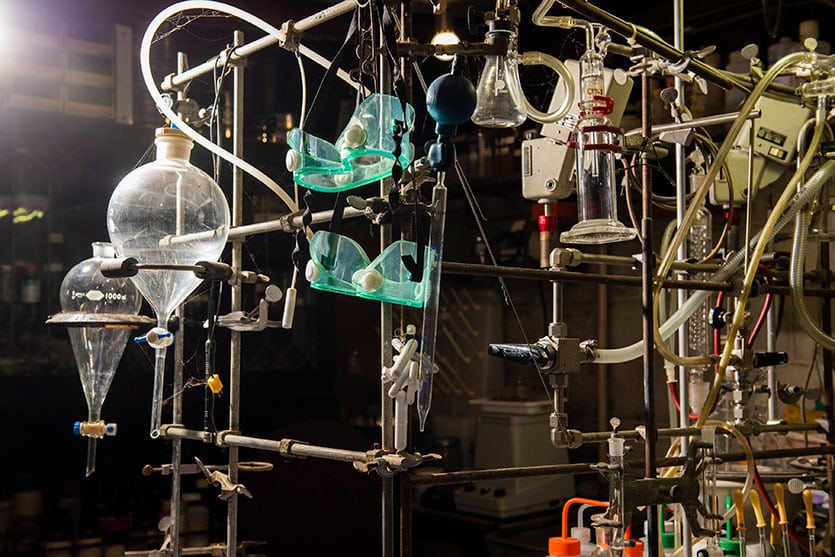
To Sasha, drugs were “just tools to access what’s already in you,” a close friend Greg Manning told the Daily Cal in Shulgin’s obituary for his alma mater UC Berkeley’s school newspaper. Sasha’s “interest was in drugs that ‘turn the mind;’ psychoactive substances that can cause changes in perception, attitude, or point of view, and sometimes expand one’s mental and emotional horizons or provide access to one’s interior universe,” Mariavittoria Mangini, co-founder of the Women’s Visionary Council, writes for the foreword of a new book The Nature of Drugs: History, Pharmacology, and Social Impact, written via Ann’s transcriptions of Sasha’s lectures. In class, Sasha would draw parallels between the necessity of sex ed and drug education, referring humorously to his chemical diagrams in class as “dirty pictures.”
In the enchantment of Sasha’s world or in his very classroom, wrote William Leonard Pickard in “reflections from a student,” published for the new book, “Those present sensed the beginning of a new world, for we were among the privileged who bore witness to the anecdotes, observations, and teachings of a modern shaman. We became enthralled at the mysteries that laid before us.”

DoubleBlind is a trusted resource for news, evidence-based education, and reporting on psychedelics. We work with leading medical professionals, scientific researchers, journalists, mycologists, indigenous stewards, and cultural pioneers. Read about our editorial policy and fact-checking process here.

DoubleBlind Magazine does not encourage or condone any illegal activities, including but not limited to the use of illegal substances. We do not provide mental health, clinical, or medical services. We are not a substitute for medical, psychological, or psychiatric diagnosis, treatment, or advice. If you are in a crisis or if you or any other person may be in danger or experiencing a mental health emergency, immediately call 911 or your local emergency resources. If you are considering suicide, please call 988 to connect with the National Suicide Prevention Lifeline.
